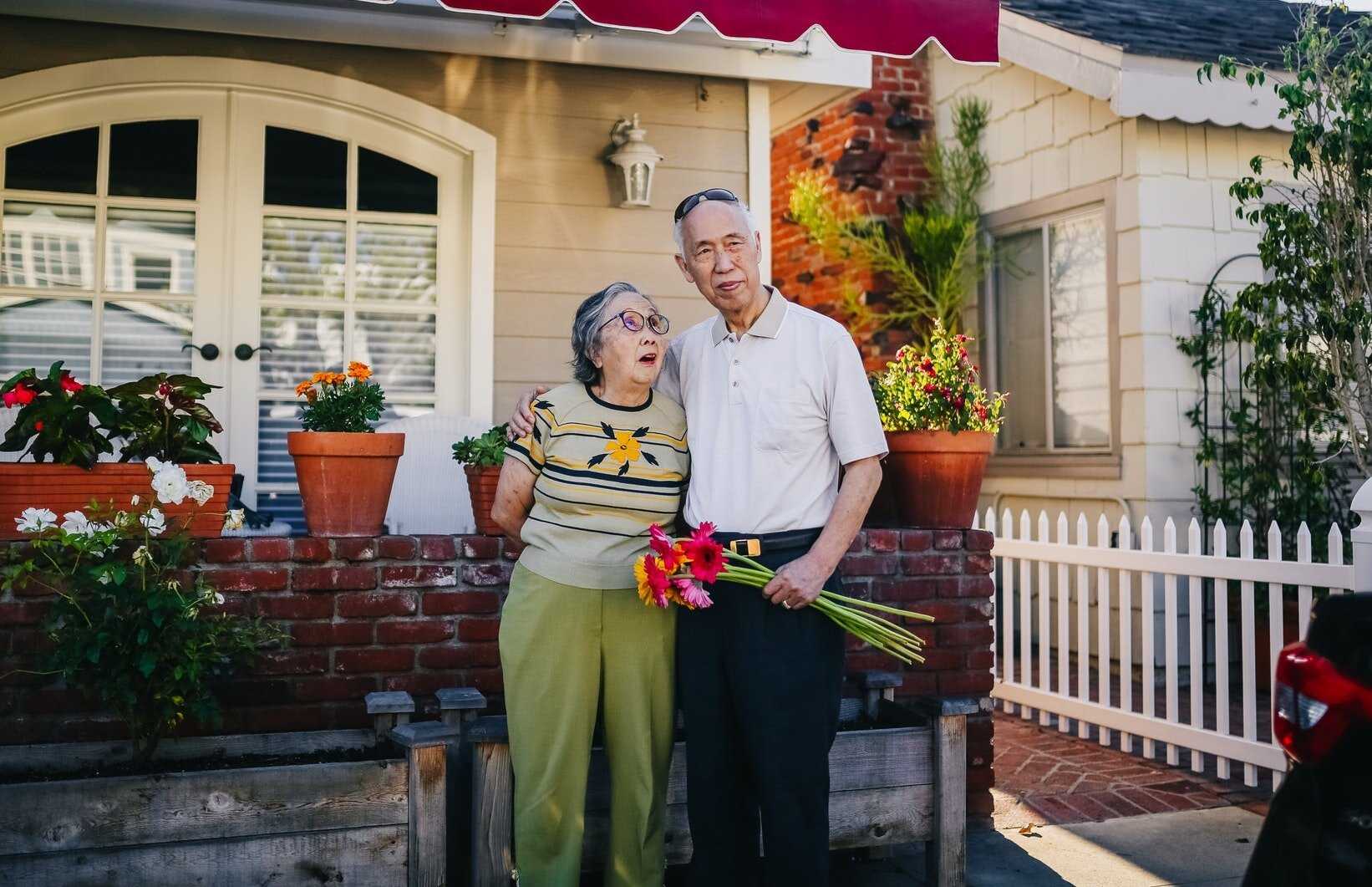A majority of older adults want to stay in their community and homes for their lifespan. Despite this, many homes are not designed to accommodate the aging process. Design aspects such as cabinet height, bathroom size, presence of steps, and lack of railings are deceptively mundane. Yet, these and others can hinder a person’s ability to age in place as their mobility changes and their risk of fall increases. This gap creates a space for research to evaluate methods of improving aging in place. Relevant research can then support the creation of policy that meets the service demand for current and future older adults.
A home that is designed or modified with aging in place in mind allows older adults to maintain independence for longer with less caregiving. In an Australian study, researchers examined the relationship between home modifications and maintaining independence. In this paper, home modifications are defined as “structural changes made to the homes of older people and people living with a disability (Carnemolla and Bridge).” The researchers examined connections between home modifications and fewer hours of formal or informal caregiving. Based on the responses they received, they analyzed the efficacy of home modifications such as:
- Major bathroom modifications
- Grab rails
- Handheld showers
- Ramps
- Step modifications
- Lifts
- Wider doorways
- Handrails
- Kitchen/laundry modifications
Based on resident feedback, home modifications like those above reduced the need for informal care support by 42%. That is a remarkable indication of the importance of home design when evaluating care.
These results are especially significant given the current outlook on the future of caregiving in the US. Currently, more than 50 million individuals in the U.S. provide informal caregiving. Informal caregiving is care provided by an unpaid individual, typically a close family member or a friend. It involves assisting someone with daily activities like transportation to medical appointments, chores around the house, recordkeeping, and medical care in the home. Informal caregivers in the U.S. provide an average of 24 hours of care a week. Further, almost half of informal caregivers have experienced a financial impact from caregiving.
As the US population ages, caregiving hours and tasks will too, prompting policymakers and advocates to consider methods of support for caregivers. Caregiving work is meaningful and clearly needed. But we also need to validate their work by introducing resources into homes and communities that support them and the people they care for. This study presents an unusual method of reducing caregiver work: increasing older adults’ independence. By designing residences in which a person can live throughout the lifespan, we affirm the independence of some while reducing work for others.
Thoughtfully designed homes and home modifications enable older adults to age in place and help ease caregiver stress. Ideally, research like this paper will create space in policy and in the housing marketplace for homes designed for aging. Dr. Bill Thomas’s Minka home design is one example of this. Following universal design guidelines, Dr. Thomas and his team crafted one and two-bedroom apartments to offer older adults and individuals with disabilities a cost-effective, easily accessible housing option. Creating housing options like Minka homes in the marketplace can ultimately improve older adult quality of life through better home design and independence. In a continuously aging world, it is important to consider practical solutions that can sustainably support our communities. Examining and improving home designs so that individuals can age in place is a step toward affirming aging individuals’ safety, autonomy, and consumer preference.
Sources
Carnemolla P, Bridge C. Housing Design and Community Care: How Home Modifications Reduce Care Needs of Older People and People with Disability. Int J Environ Res Public Health. 2019 Jun 1;16(11):1951. doi: 10.3390/ijerph16111951. PMID: 31159396; PMCID: PMC6604004.
https://www.ncbi.nlm.nih.gov/pmc/articles/PMC6604004/pdf/ijerph-16-01951.pdf
About the Author
Ruthann Froberg is the Project Lead for Urban Dynamic’s Elder Housing Initiative. She also does consulting work in the areas of elder justice, tax, and caregiving issues. Prior to this, she worked for several years as a Tax and Operations Manager for a CPA, specifically working with small business and older adult tax clients. Ruthann has an MPA and Graduate Certificate in Gerontology from the University of Kentucky as well as a BS in Chemistry and Public Health from Emory & Henry College.
